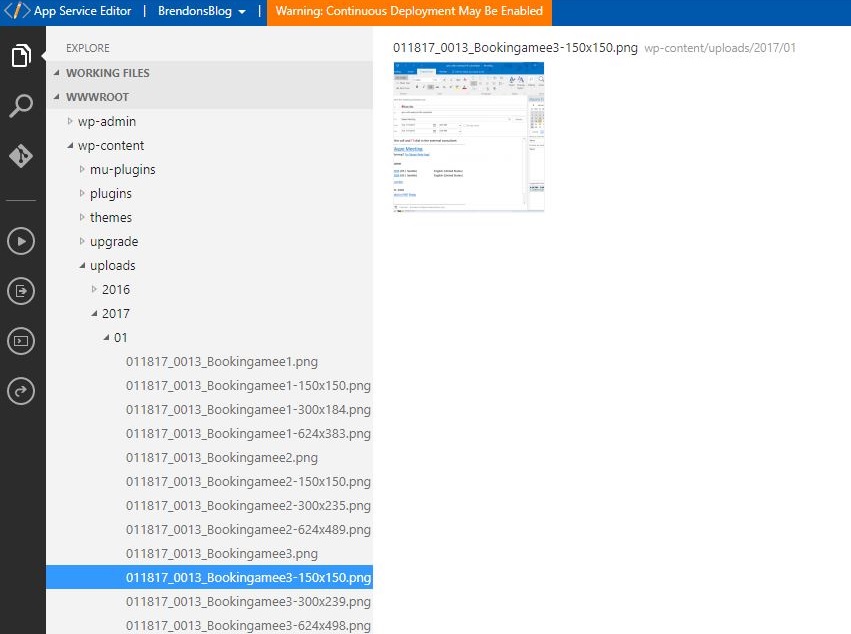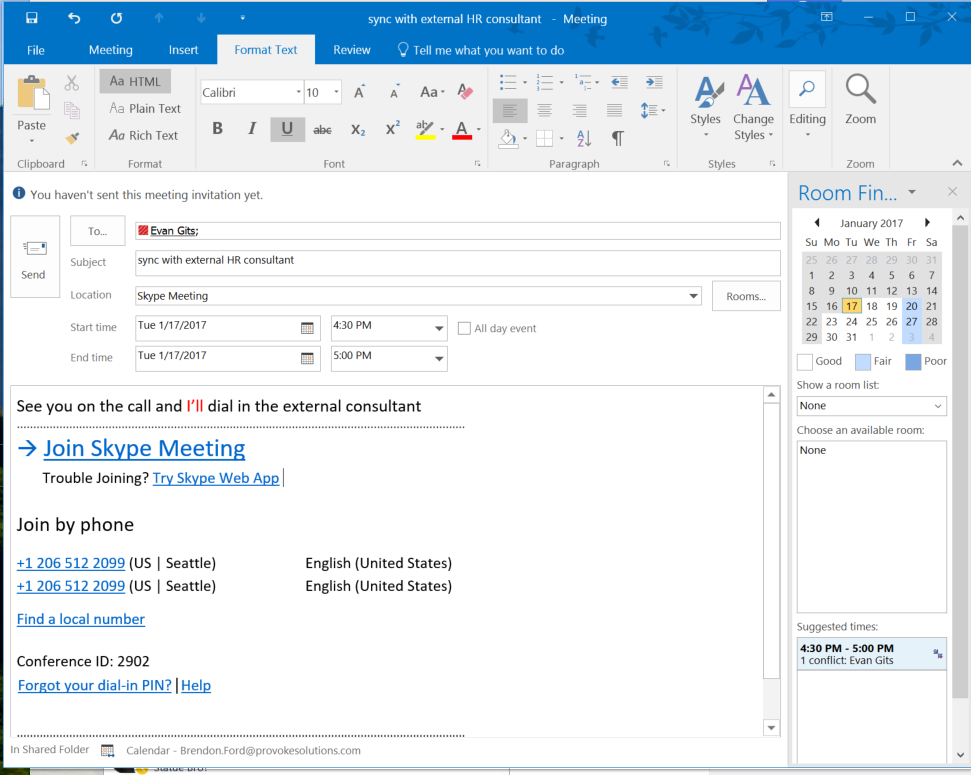Simple question: Who is guilty of putting off a task related to the business or communicating with your team at work because it might create too much noise? What is the worst thing that could happen? Someone might resign? Or you might actually get some feedback? Our mind can put up all kinds of justifications on why we should do something tomorrow instead of today. But I think you can move forward and stop workplace procrastination – it just takes an approach that embraces experimentation, driving outcomes and change. When you overthink all the tasks at hand it’s too easy to step into a procrastination pothole and get stuck.
I think all of us are guilty of procrastination at some level. Here are a few of the (usually illogical) reasons we might put something off:
- We feel if we leave it long enough, it will go away.
- We think if we leave it long enough, someone else will do it
- We do not want to associate our personal brand with the change.
- We feel that we are overloaded, and moving forward with the change could result in more workload.
- We don’t totally believe in the task that we need to do. We may agree that it should happen, but we are not 100% onboard.
- We have not prioritized the change correctly.

So how can experimentation work in the real world? Get into the habit of doing a risk and sizing assessment. Let’s work through this quick example:
You want to bring in an external vendor to help your team deliver faster. If the team was to look at this the wrong way. they might feel this is a threat because they are losing control of deliverables.
The first task is a risk and sizing assessment. Is this a big change or a small change? If you have a team of 10 people working on the project and you are bringing in 2-3 external folks for two months, I would say this is a small change both as a percent of team size, duration, and also cost. That’s crucial information that should be folded into the risk assessment.

I’m a simple guy and like to break things down, so I often run with “what, why and when,” then repeat.
- Whats in it for the affected folk?
- For the internal team, the benefit is shared workload, an opportunity to learn new approaches, manage a larger team and delegate tasks that maybe are not as enjoyable.
- Why are we doing this?
- Speed-to-market is important for us, but as a business, we do not want to grow our FTE team right now so we want to experiment with additional capacity. The benefit of this approach is we can timebox it and turn it off and on as needed.
- Today we do not want to distract the team from the task at hand by adding additional workaround interviewing, hiring, onboarding etc the team is super busy as it is
- When is this to happen?
- Now, let’s run the experiment and regularly connect to evaluate and learn from the experiment.
- Repeat
- As you run the experiment, rerun the sizing and risk assessment based on feedback and adjust. As you make changes, explain the what, why and when. but speed up the process and the changes so you can turbocharge your business.
Not acting is far more damaging than acting while experimenting with change. Don’t forget to be vulnerable with your team and explain how you feel about change. It’s important that your team knows you experience heartburn, too, because you are also human! Change can be hard, but more often than not, it drives growth!







